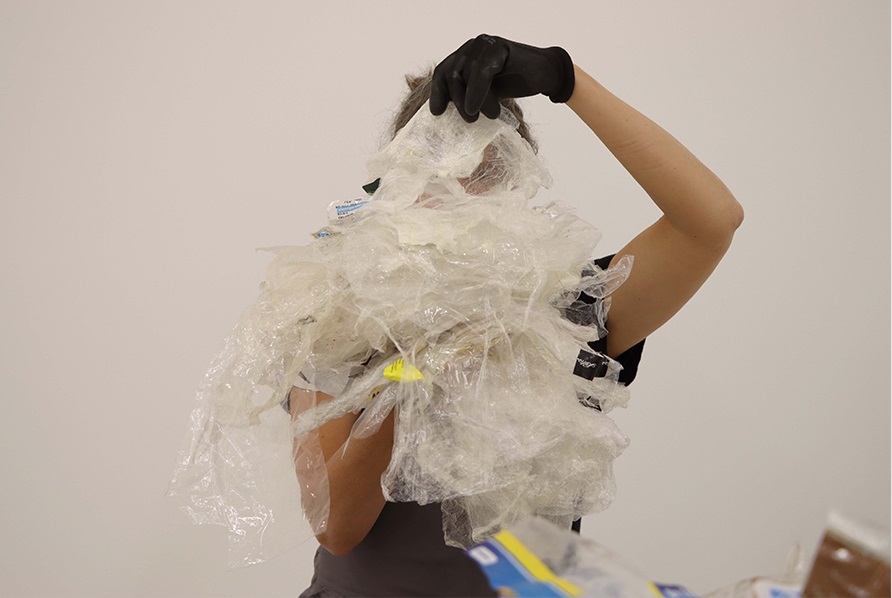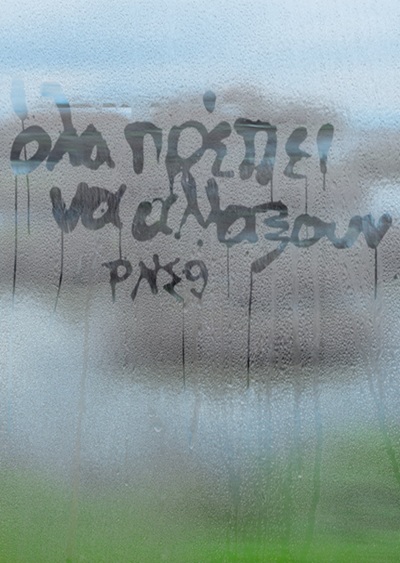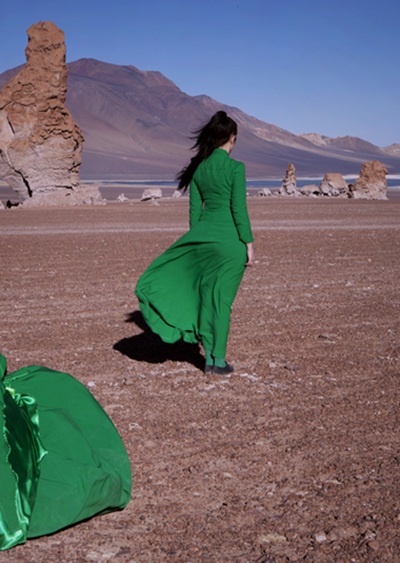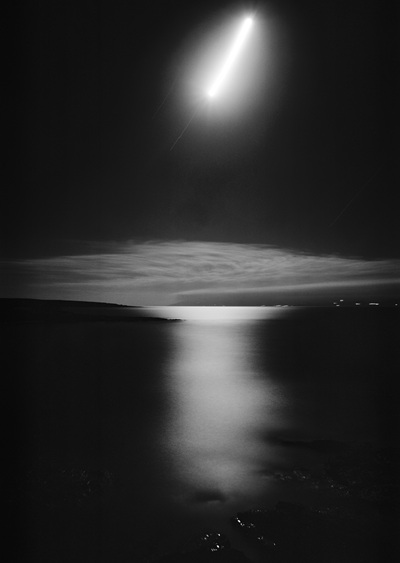
With the dynamic, simultaneous opening of five exhibitions in a great celebration of the Museum on 16 June, the EMST launched its new Artistic Programme. The event inaugurated the new era of the Museum.
At the centre of the EMST’s current exhibitions is the temporary international exhibition Statecraft: shaping the State that explores the underlying mechanisms underlying the formation of the nation-state as we know it today, as well as the challenges it faces in today’s globalized and networked world.
The exhibition, featuring 39 acclaimed artists, examines the scope and limits of state power, while looking at the new political reality that is taking shape in Europe and beyond, at a time when nationalism and autocracy are on the rise, as some countries are once again adopting inward-looking attitudes and perceptions.
On the second floor of the EMST the exhibition jaune, geel, gelb, yellow is hosted, (curated by Daphne Vitalis) by Antonis Pittas. The artist was inspired by the mobilizations of the yellow vests in Paris in 2019, where the artist happened to be. Pitta’s work was based on a selection of works on paper by Van Doesburg, from the large collection of the Centraal Museum in Utrecht, the city in which the Dutch artist was born and raised. Visitors to the exhibition are encouraged to photograph the the work using flash to activate the installation. Feature, of both the exhibition and the accompanying publication, is the reflective sheet in yellow, a material commonly used in parapets and road signs, and its connotations relate to danger, visibility, warning, protection, toxicity, safety and control.
The third exhibition is by Irini Vourloumi, in the same space. The artist presents her own photographs taken with a mobile phone during her wanderings in the city of Athens. The exhibition presents 32 pairs of photographs and paintings selected by Irini Vourloumi herself. The juxtaposition of photographs and paintings focuses thematically on the recording of the city of Athens and its daily life, but also includes the connection of emotional states with colour and morphological details in landscapes and interiors.
In the Museum’s project room, Jennifer Nelson presents the project Waste (Inheritance); she has been collecting her family’s packaging and waste materials. The volume and mass that resulted from this process far exceeds the size and weight of the artist’s body. For the next six months, Nelson will use this waste material to create sculptural forms that she can wear on her body and carry with her. For the first time, Lawrence Abu Hamdan‘s work is being presented in Greece. He is a sonic detective; through his audiovisual installations, videos, perforations, photography, essays and lectures, as well as through the use of different kinds of sound, he explores the political impact of listening and sound on human rights and law.
The response of the public to the museum’s invitation was massive. The EMST seems ready to rise to the challenge of becoming an open museum, a living institution embraced by the public. This will certainly be helped by the incorporation into the permanent collection of the works donated by S. Daskalopoulos at the end of the year.







Leave A Comment